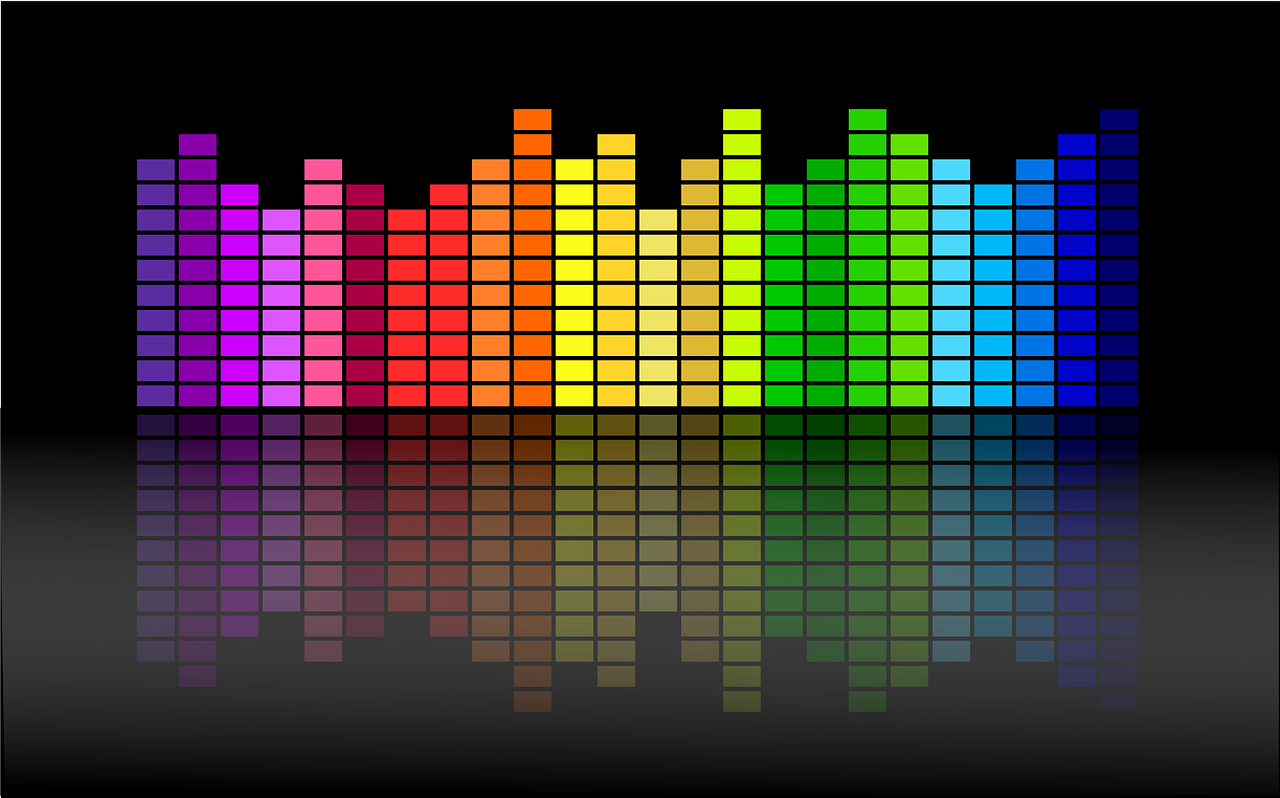For more out-of-home marketing insight, sign up for SmartBrief’s free email newsletter from the Out of Home Adverting Association of America.
Digital out-of-home started to take shape 10 years ago and has been accelerating these past five years as better technologies, integrations and standards emerge. Audio out-of-home however, is the new frontier, unifying the advancements that have occurred in both DOOH and streaming audio advertising.
As a natural extension of other forms of audio, OOH and retail advertising, audio OOH covers those final footsteps along the path to purchase by rising above the noise to engage the ears of captive shoppers and enable a more impactful experience in-store that generates sales lift and return on ad spend.
According to the Digital Place-Based Advertising Association, 63% of media planners are now relying on programmatic advertising which will continue to drive growth into 2024. Now that we’ve harnessed the power of DOOH, advertisers and marketers classifying audio OOH as a valuable medium that businesses can use to eliminate historical costs such as music licensing, and generate new revenue with music plus messaging. From a revenue perspective, if advertisers don’t acknowledge the benefits in-store audio brings to the table, they’ll lose competitive advantage. Here are three reasons to consider audio OOH to boost your revenue stream and drive more value to the customer experience.
1. Supercharge revenue
Audio OOH gives brands and hosts national reach to a premium audience at a competitive price point. Accessibility with variability from hyper-local to DMA or national market coverage are big benefits of audio OOH media. While most advertising dollars are allocated to traditional and digital channels, why doesn’t audio OOH get a bigger share when it drives a higher return-on-investment? Audio OOH is an important part of that mix and is often under-allocated. According to the Omnicom Media Group’s Benchmarking research, advertisers see a $5.97 return on every $1 spent on OOH which is higher than that of other channels. Brands alone have seen $7.43 ROAS, therefore, audio OOH shouldn’t be given minimal budget considerations, but should be a strategic component of the path to purchase across the overall advertising investment.
2. Carefully determine the customer experience
The programmatic breakdown for audio OOH differs from the broader OOH ecosystem due to unique analytics and qualities that set this emerging inventory apart from the rest. Audio OOH targets people in the stores and products on the shelves providing a revenue-generating engine for businesses and a disruptive new marketing tool for their vendor categories. Both brands and advertisers alike are able to forge a highly collaborative relationship with partner chains, working in tandem to determine which specific brands or products make sense to promote on private airwaves. This allows thoughtful consideration to the type of shopper experience a business strives to deliver as well as the mix of vendors who stock their shelves. Advertisers are beginning to recognize the highly differentiated value of audio OOH’s ability to achieve 100% share of voice with captive shoppers when they are footsteps away from the point-of-sale.
3. Meet buyers where they are
As media consumption behavior shifts and more consumers cut the cord in favor of on-demand or streaming services, it’s becoming harder for advertisers to reach their audience as people block or tune out ads. In contrast to other media, audio OOH can’t be blocked, skipped or fast-forwarded due to not being controlled by a newsfeed algorithm or be subjected to fraud. Many advertisers are jumping on the opportunity to leverage audio OOH as a bigger part of their revenue and marketing strategy, to improve reach, frequency and overall business outcomes such as foot traffic and sales. In addition, tangible data, automated platforms and the transition to digital has fueled the audio OOH industry and companies have taken notice. Brands and agencies who recognize the shift will automatically gain a competitive advantage by implementing audio OOH technology into their marketing tech stack, leveraging consumer data and personalizing OOH at the local and national levels.
It’s no secret that the audio OOH industry is growing due to premium audio content, analytics and programmatic benefits. By working with digital marketing, not against it, audio OOH has established a solid seat at the strategy table with better content and data, making it more relevant than ever to advertisers when looking for ways to generate revenue. Audio OOH is a resounding success story for how a traditional ad medium that commits to digital transformation can achieve growth in both revenue and share of ad spending.
With more than 25 years of experience in media and entertainment and technology leadership, Paul Brenner has served in several c-suite roles, such as with Emmis Operating Co. and NextRadio/TagStation. In 2019, Paul joined Vibenomics as chief strategy officer to help develop the go-to-market strategy for the company’s first-to-market Audio Out-of-Home™ advertising solution. Following its launch, he was promoted to president of Audio OOH to oversee all efforts surrounding revenue-generating activity and related partnerships.
